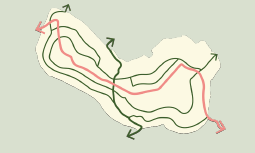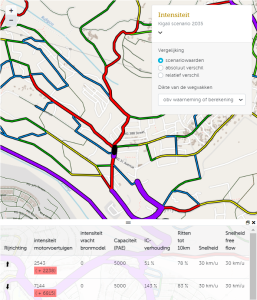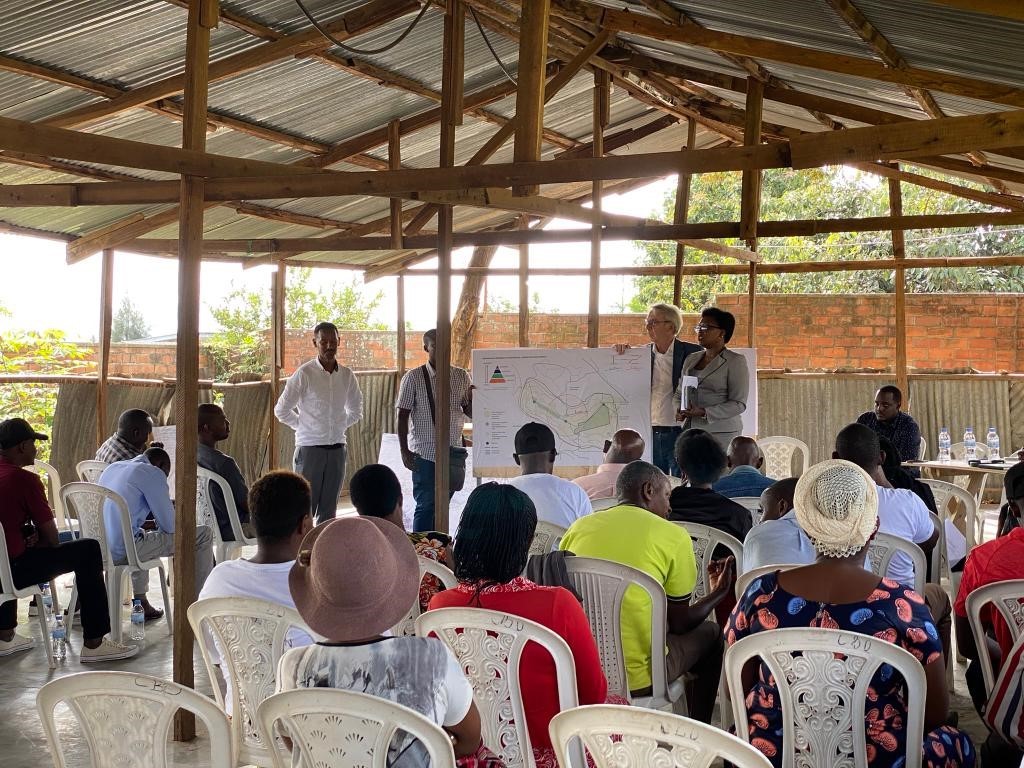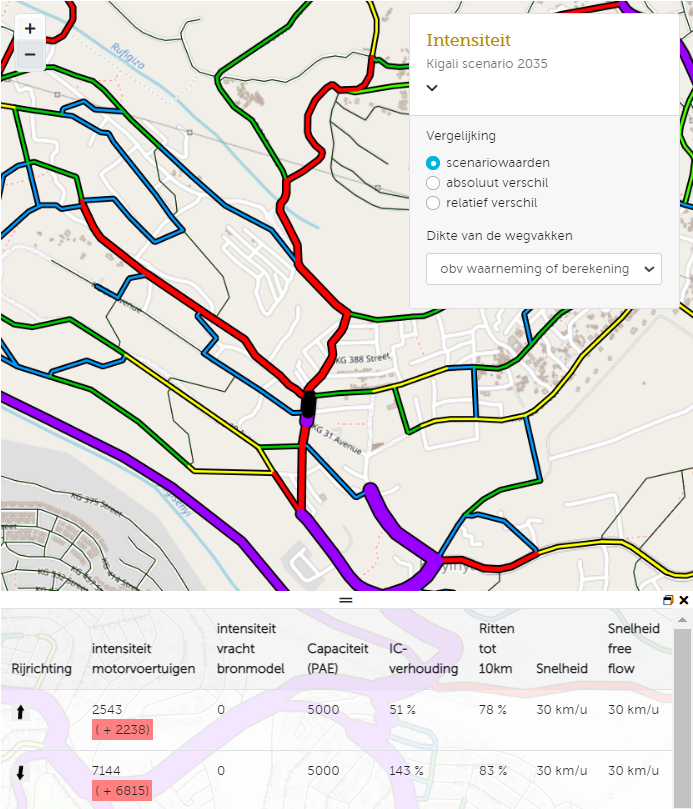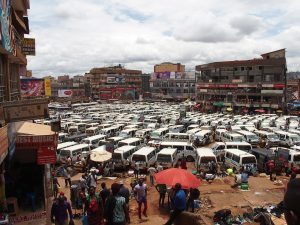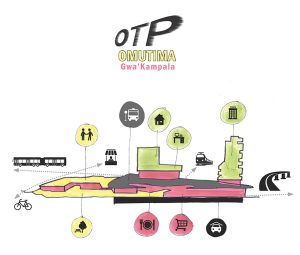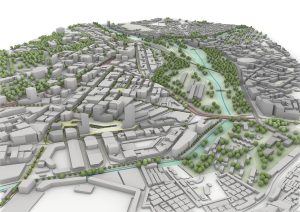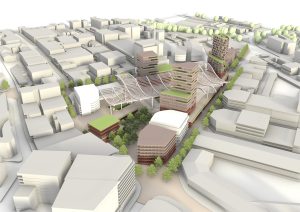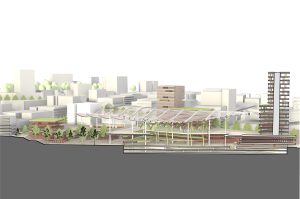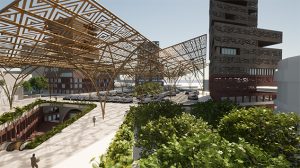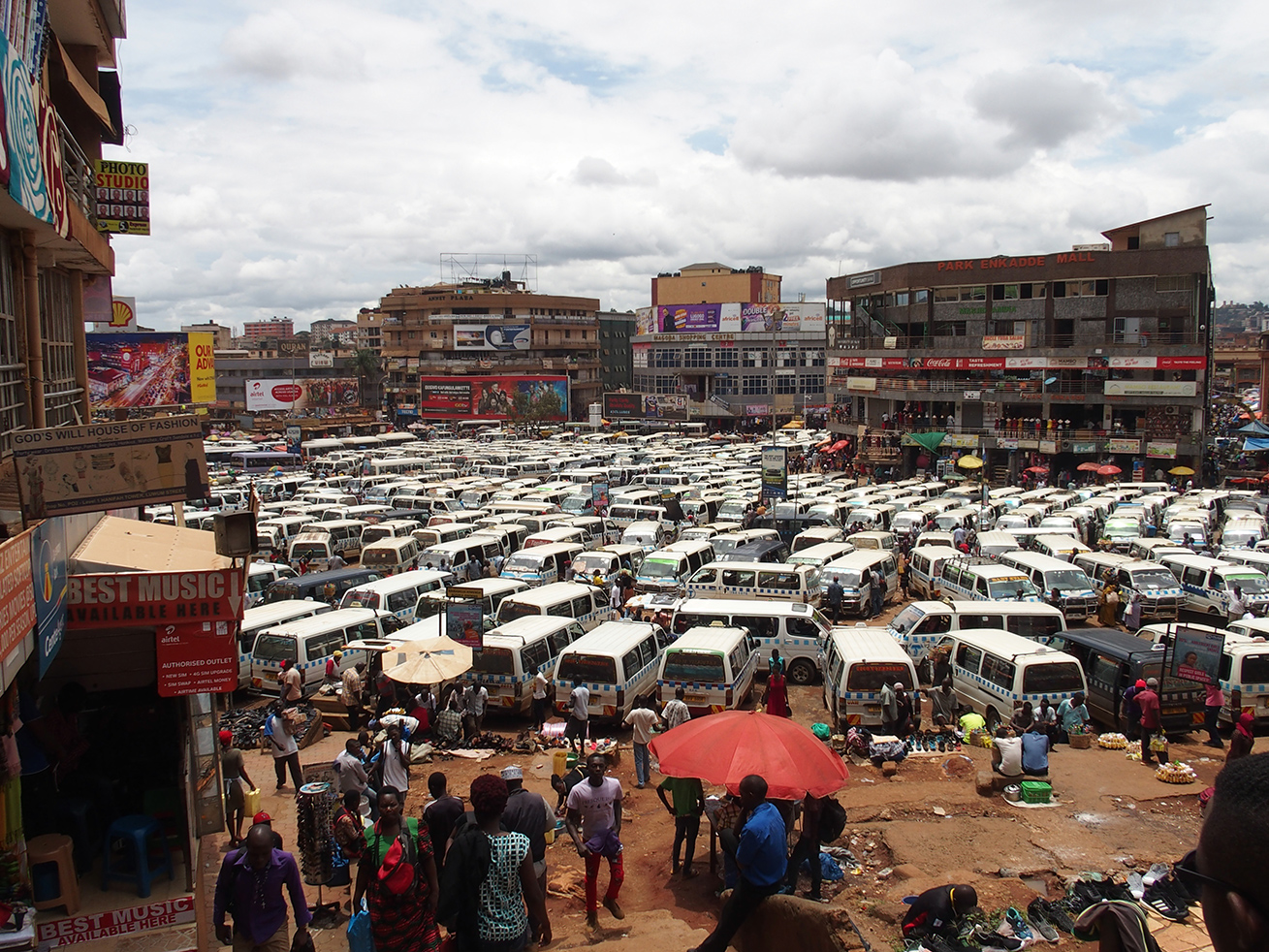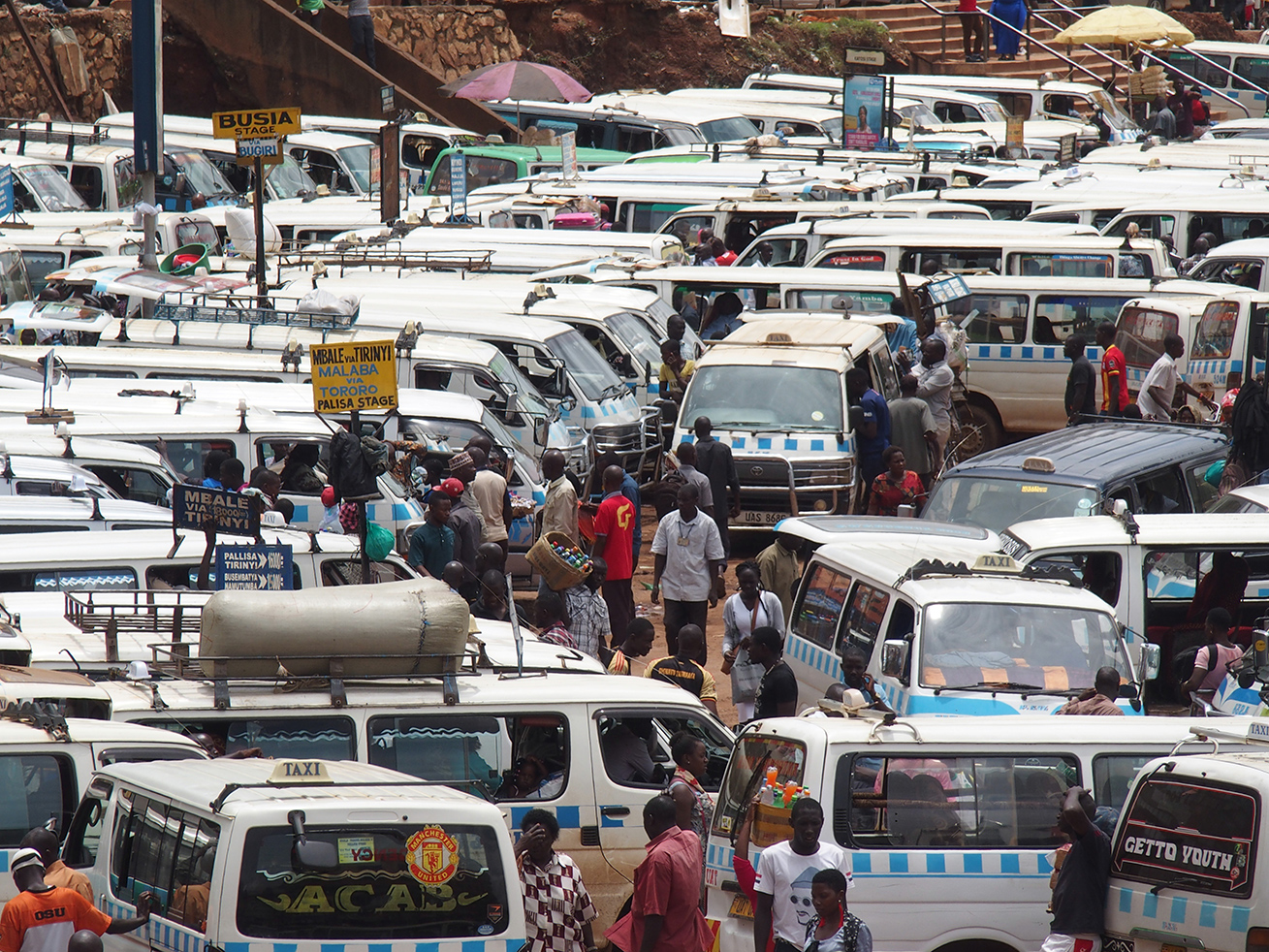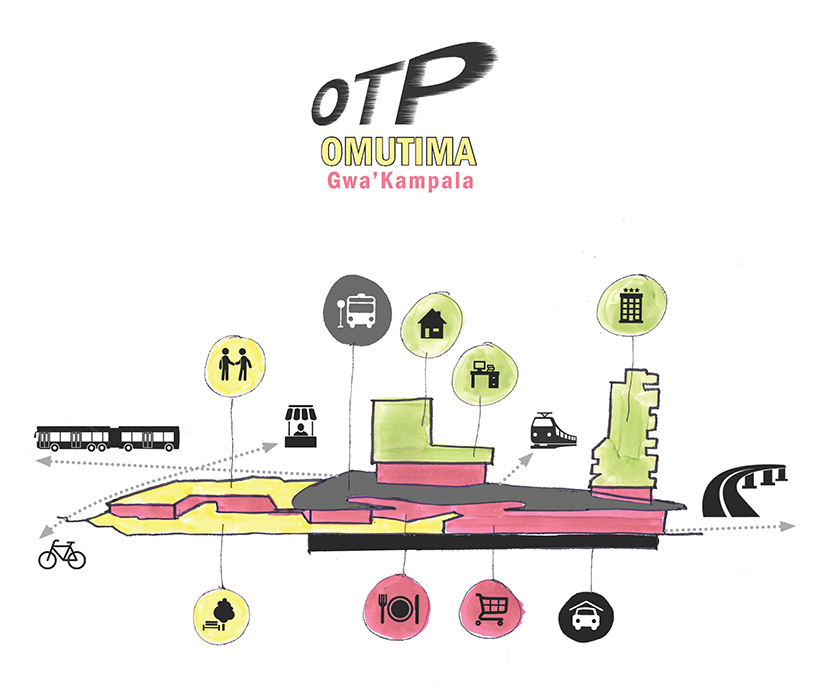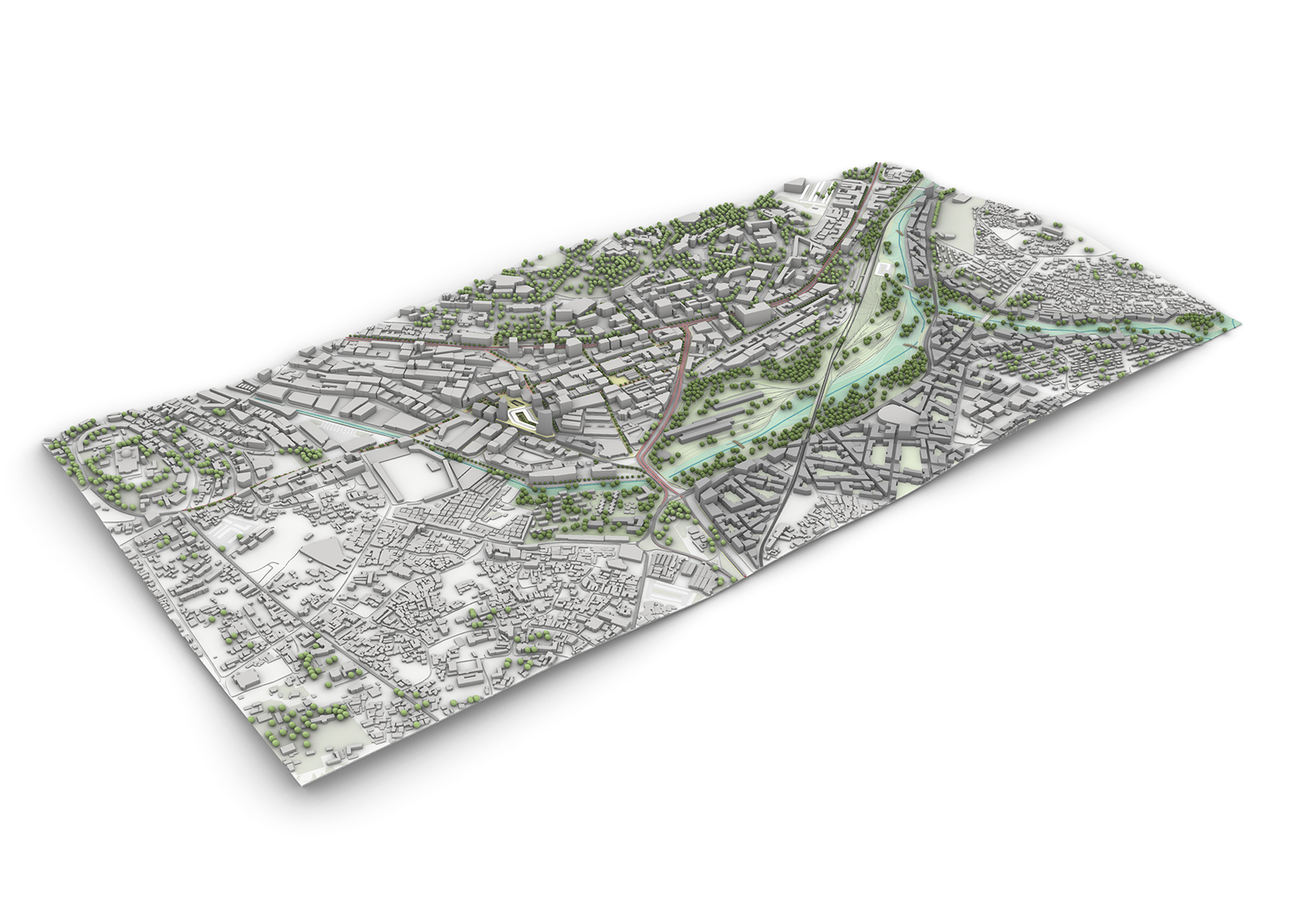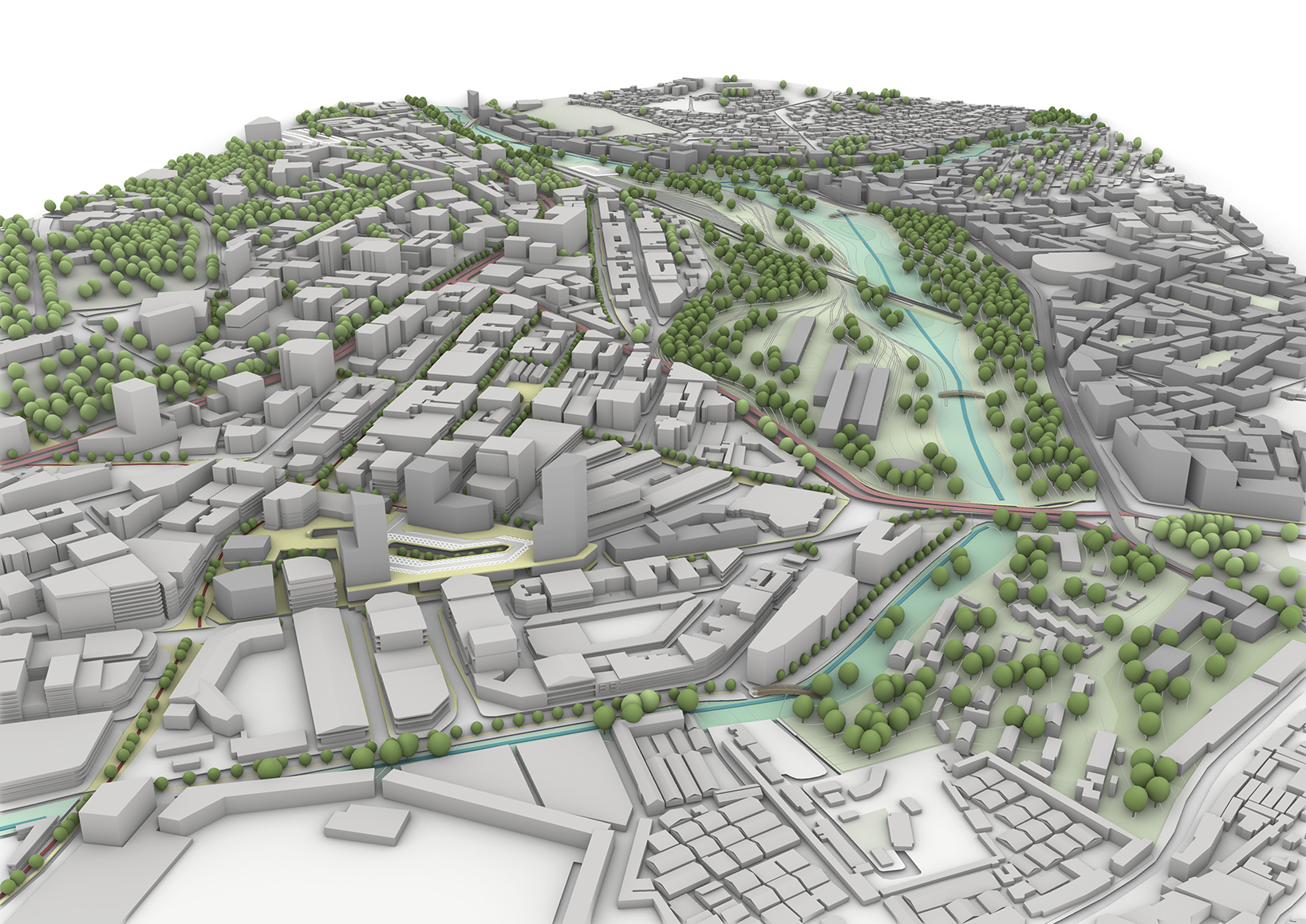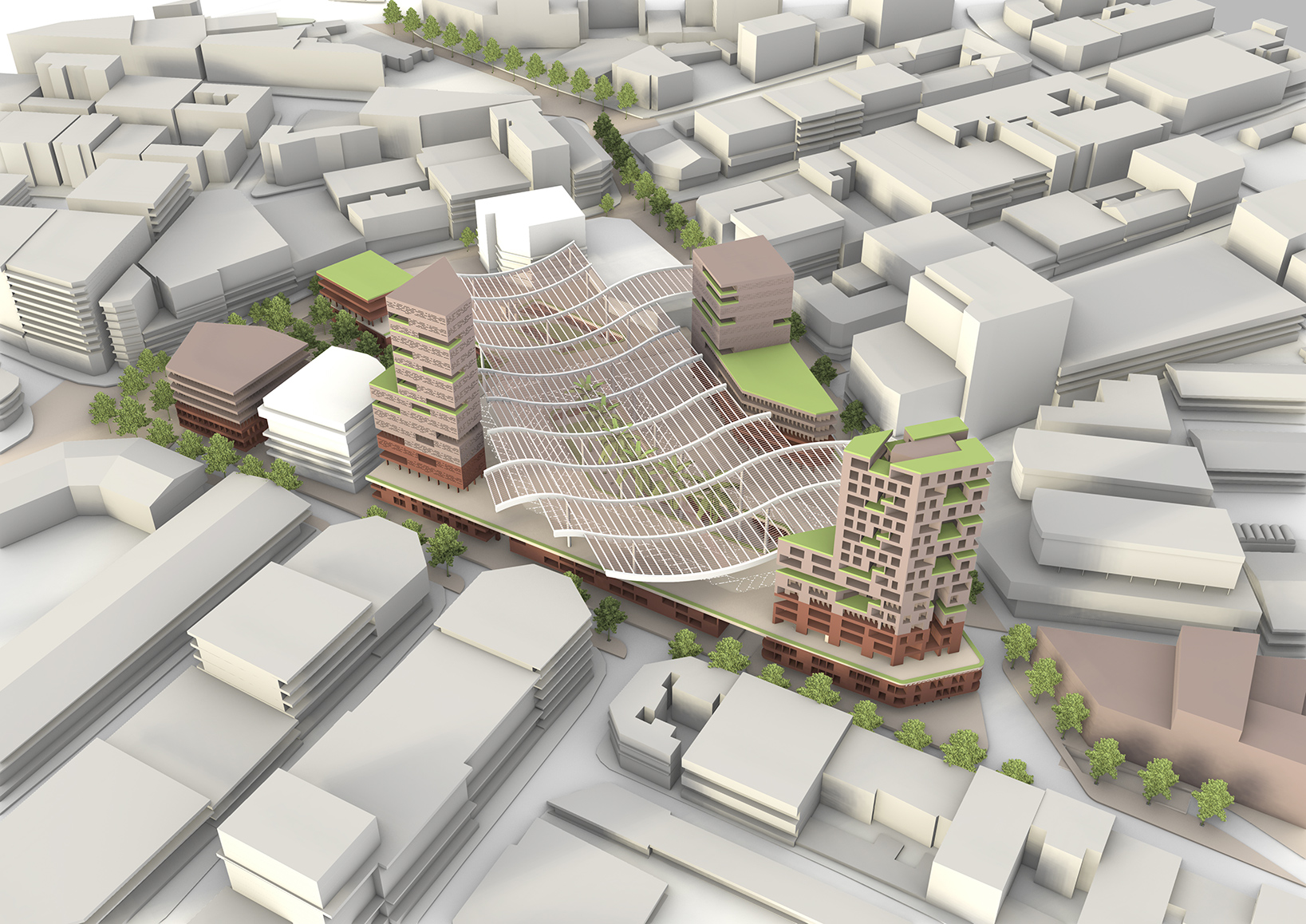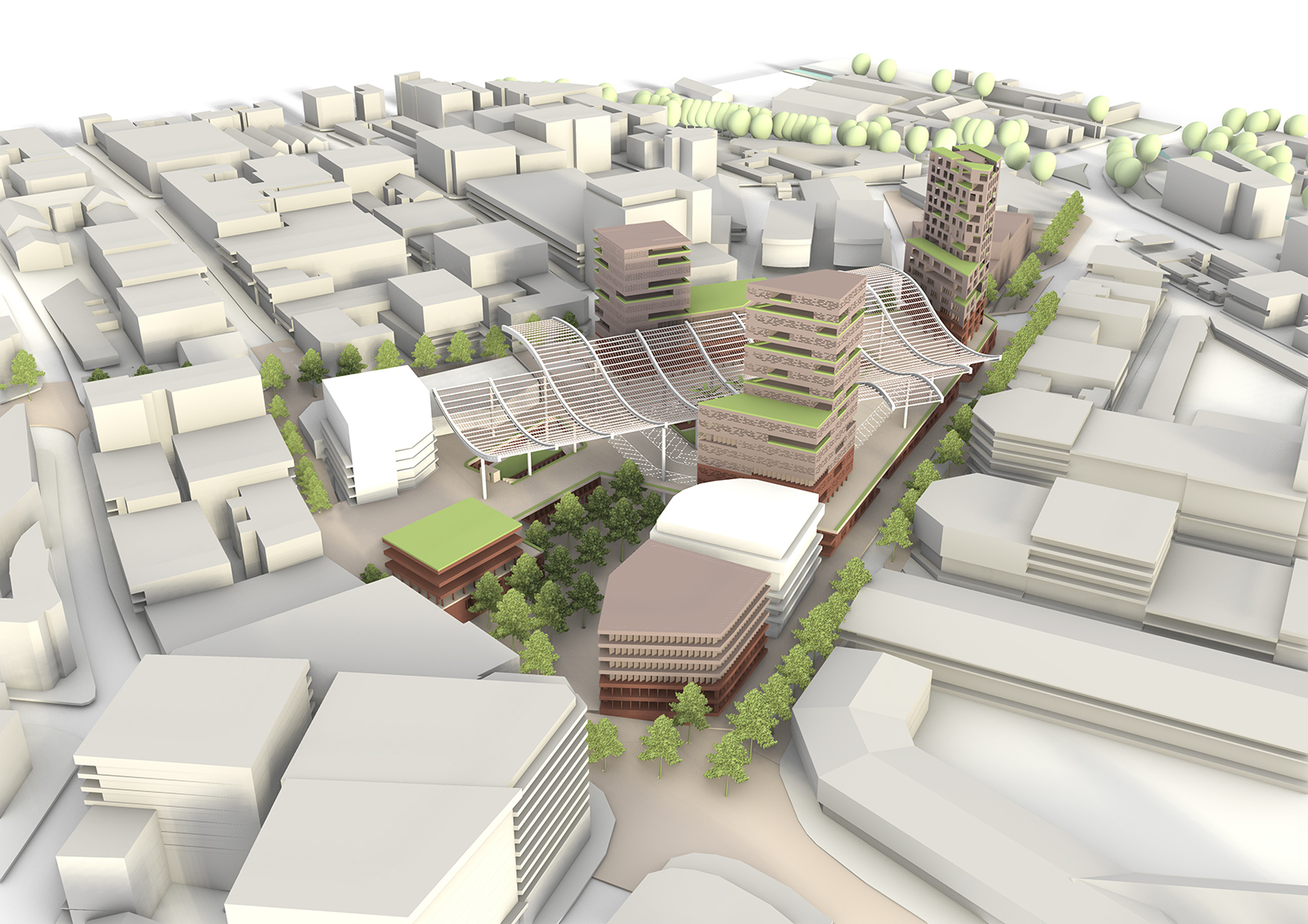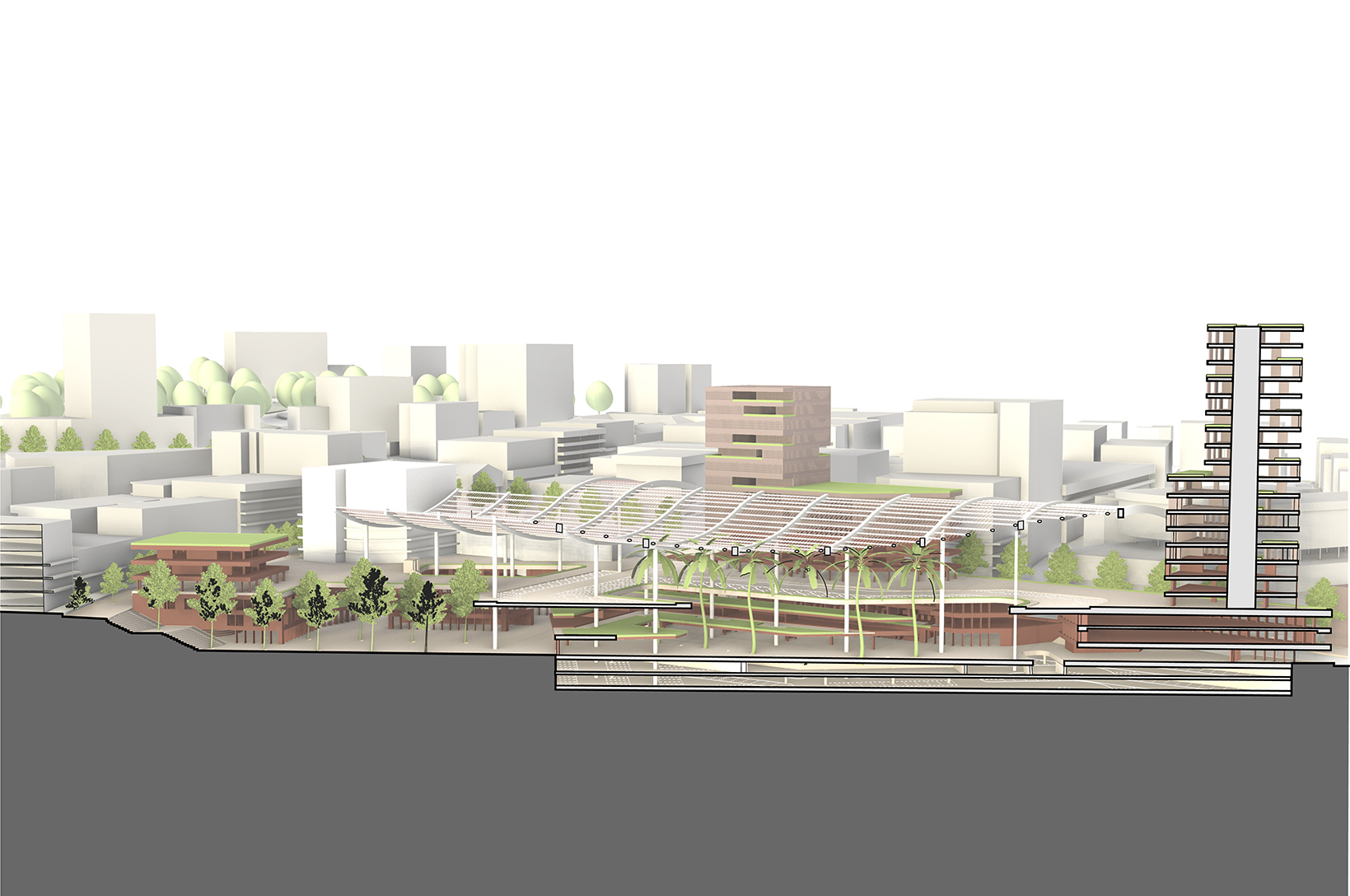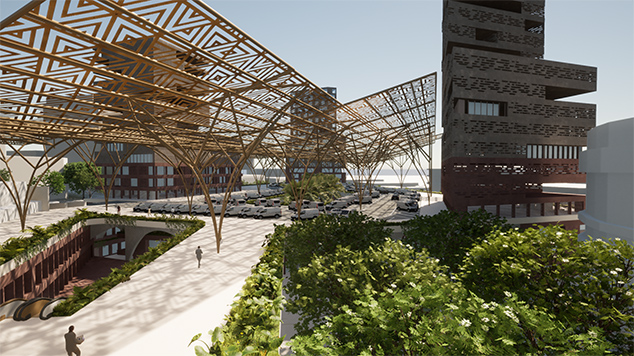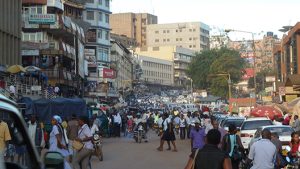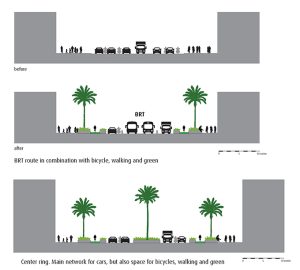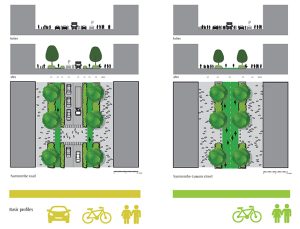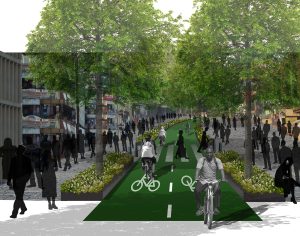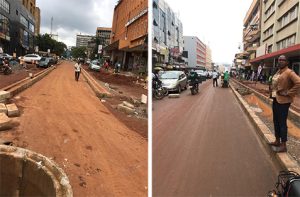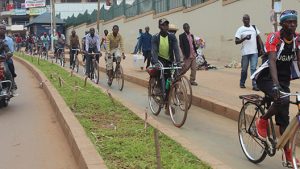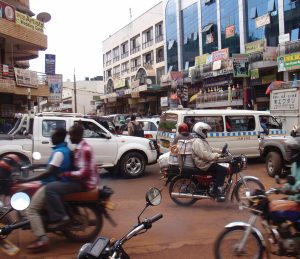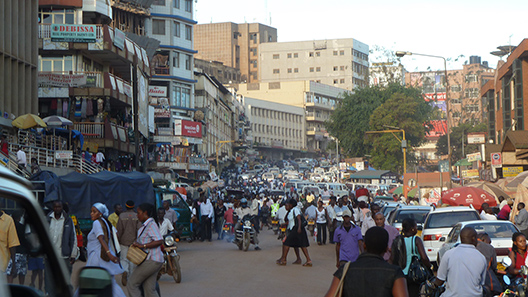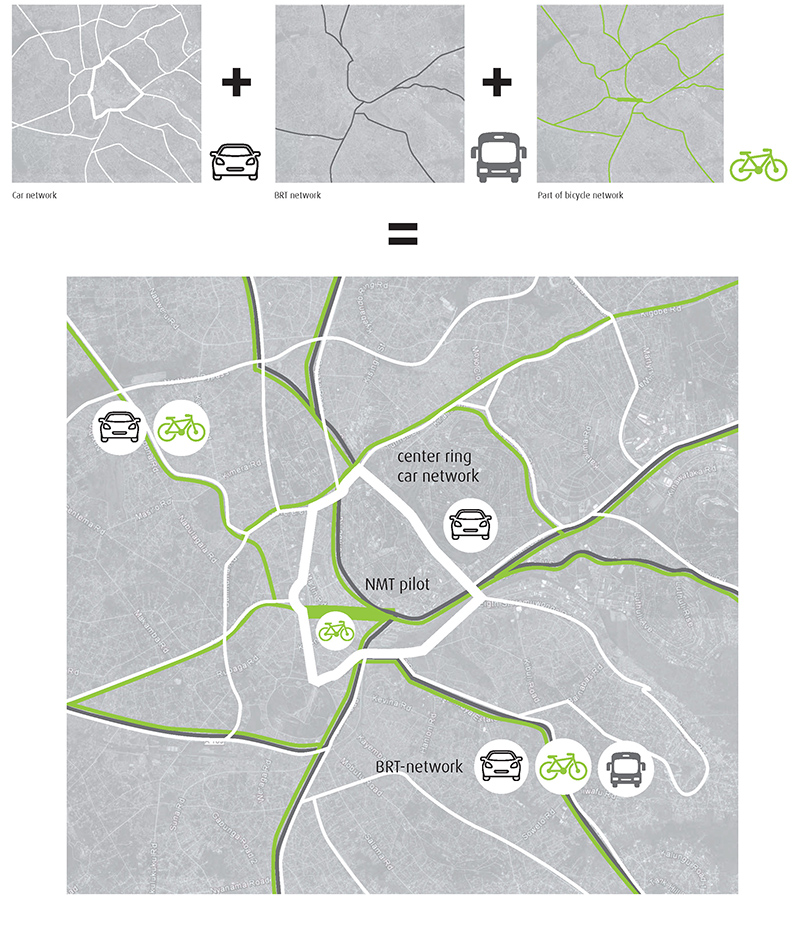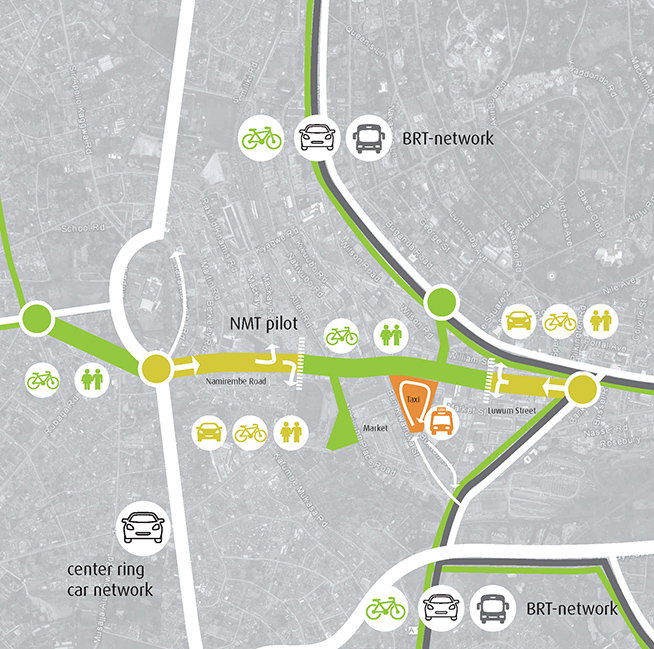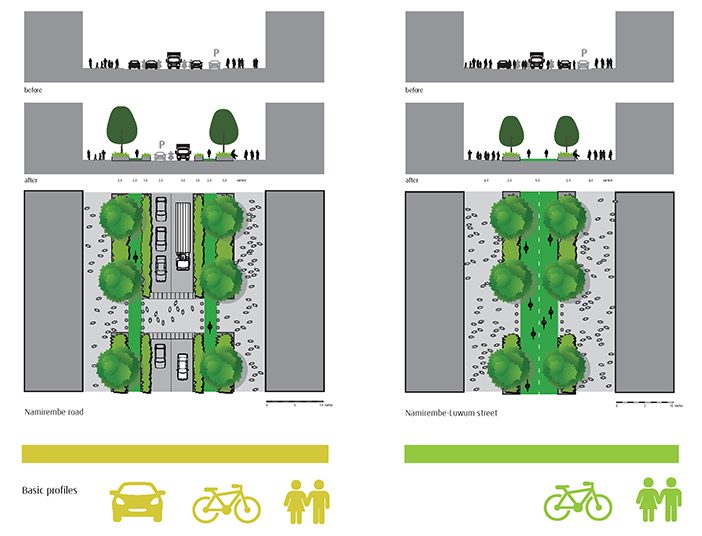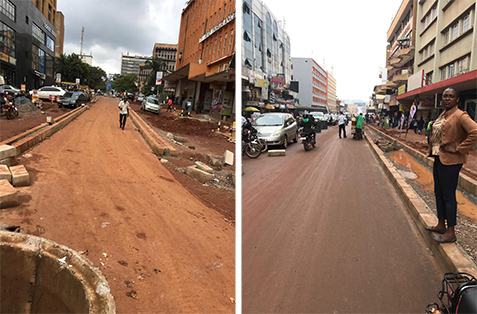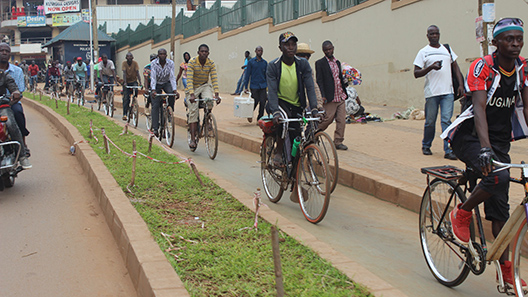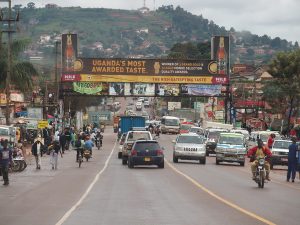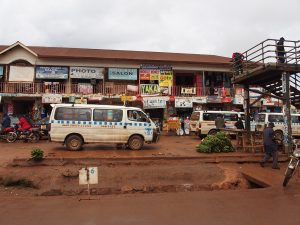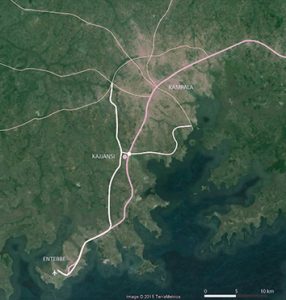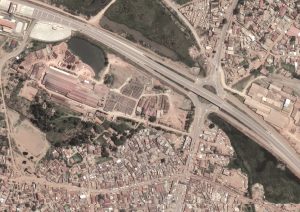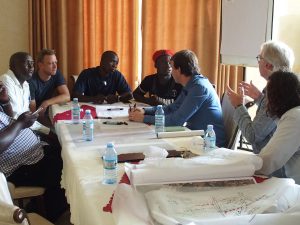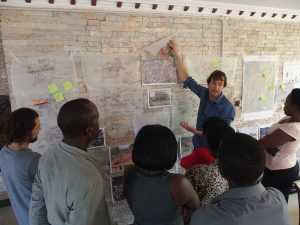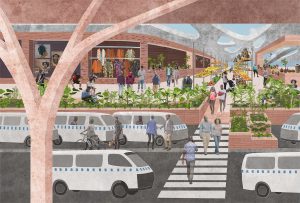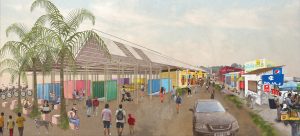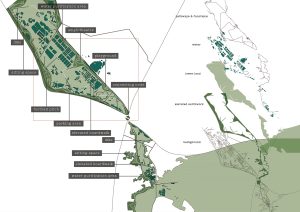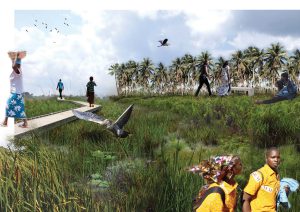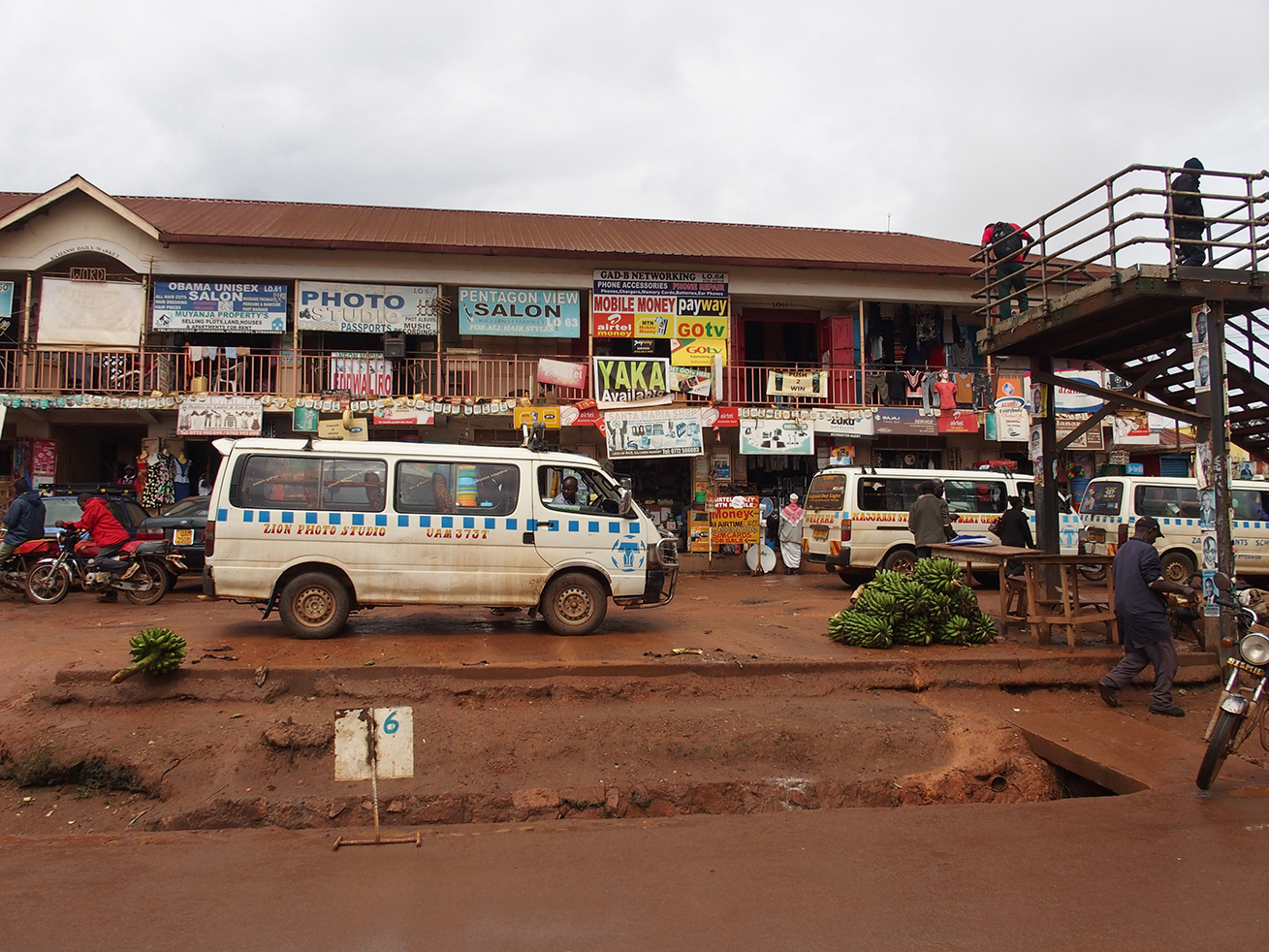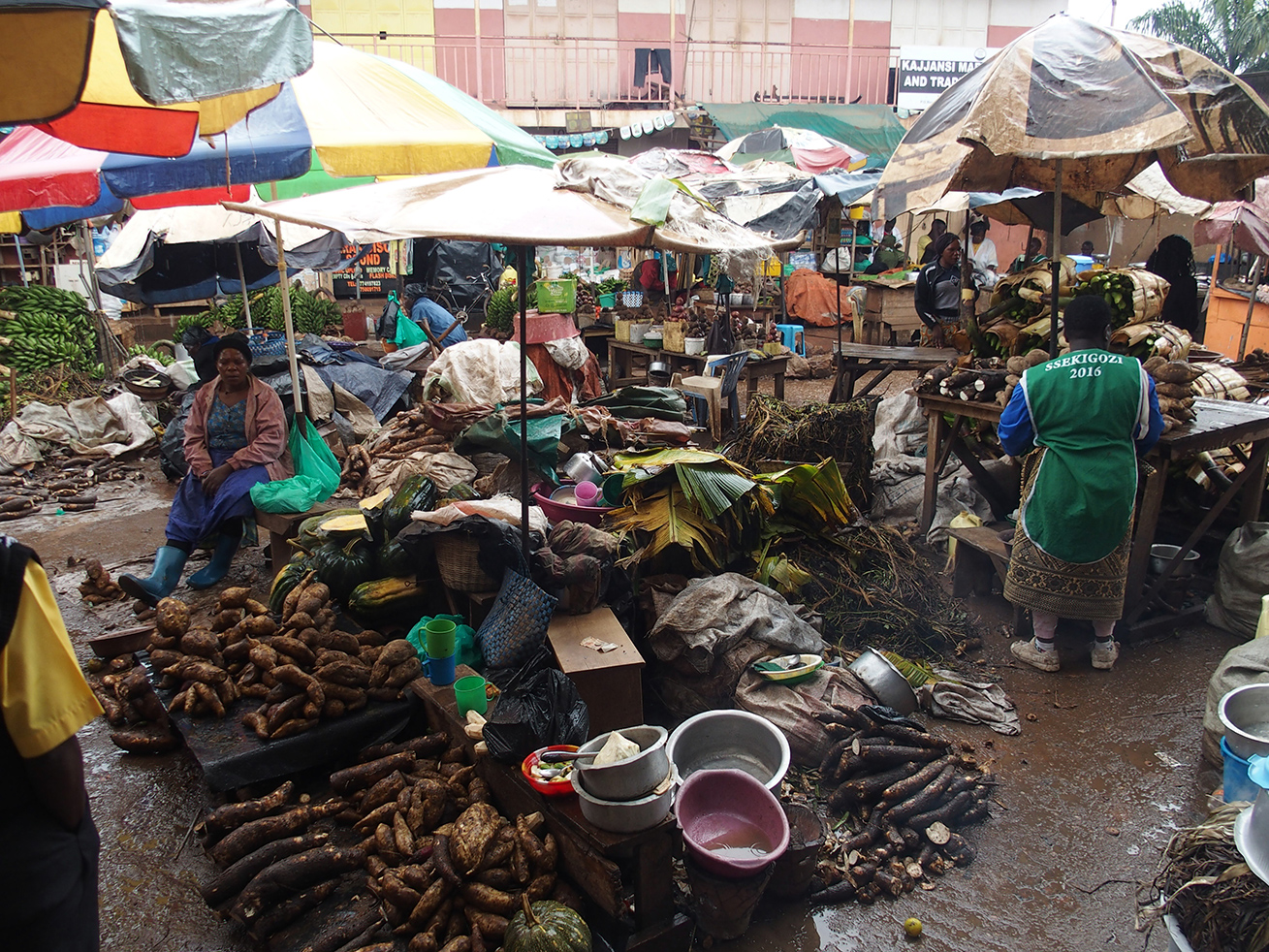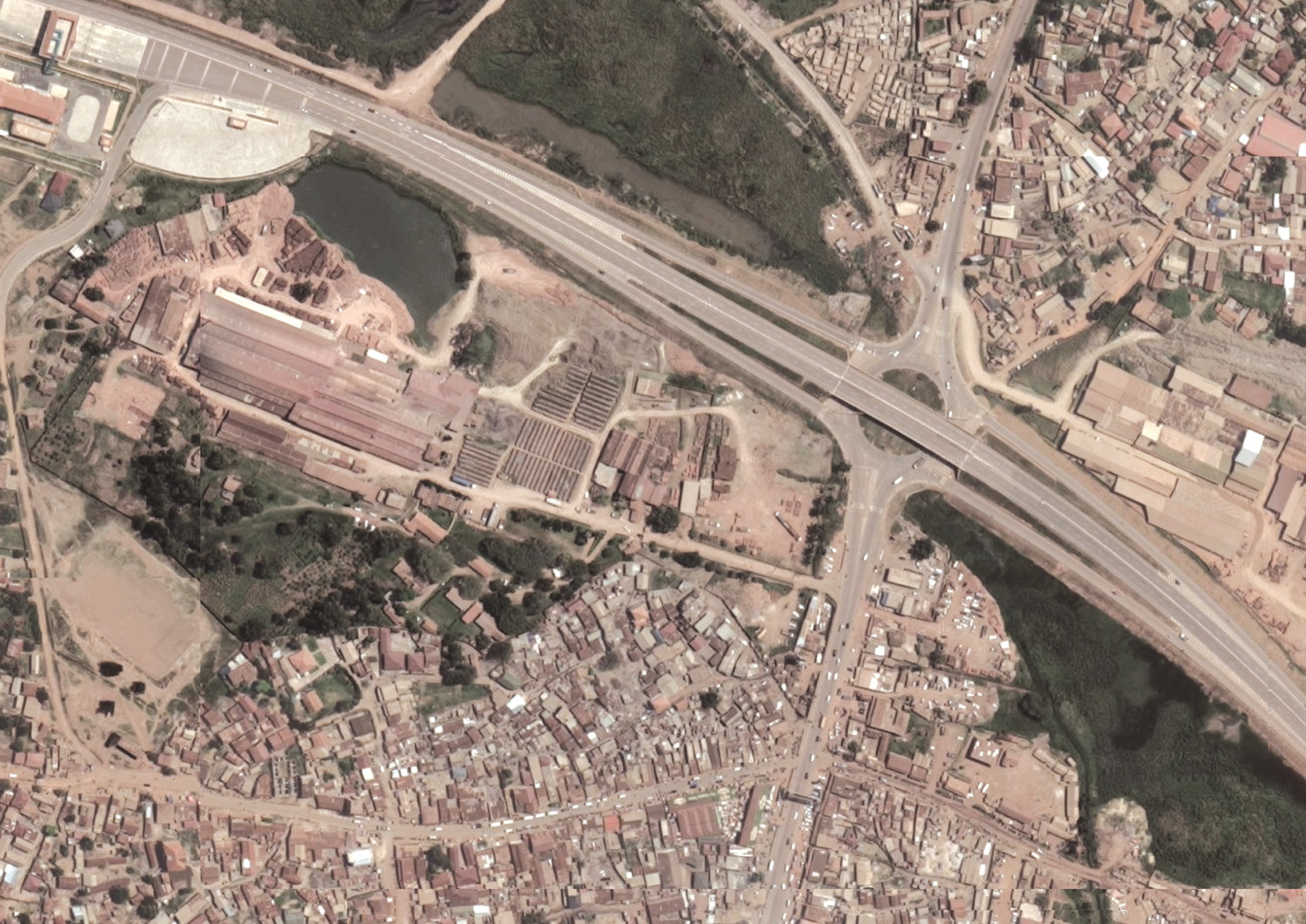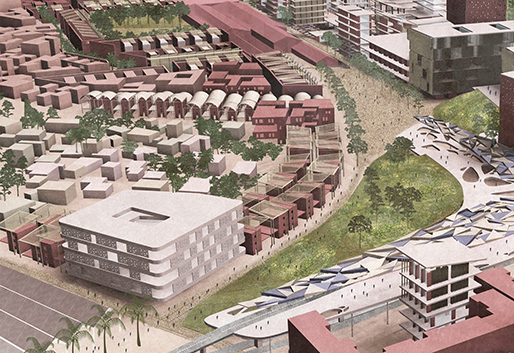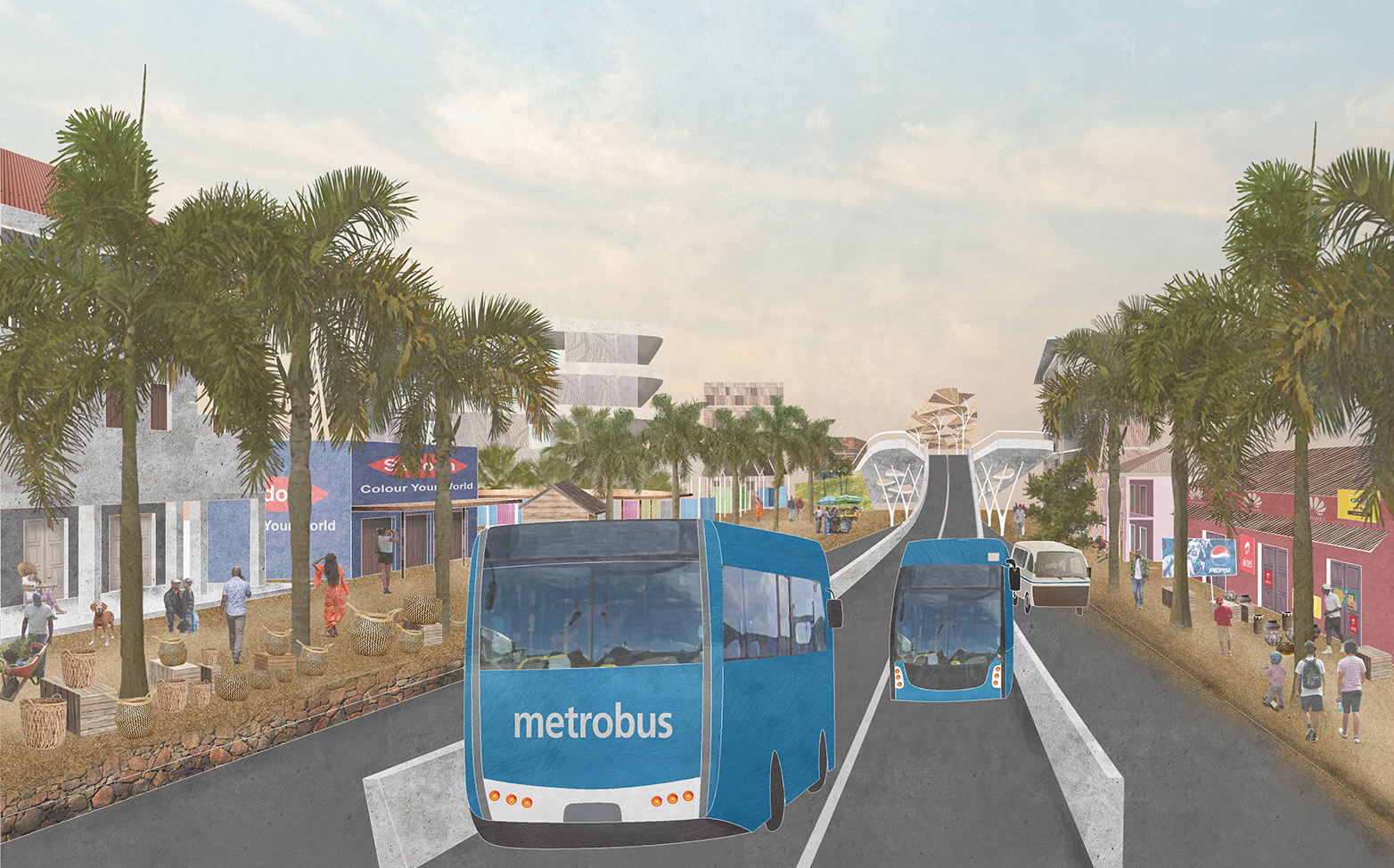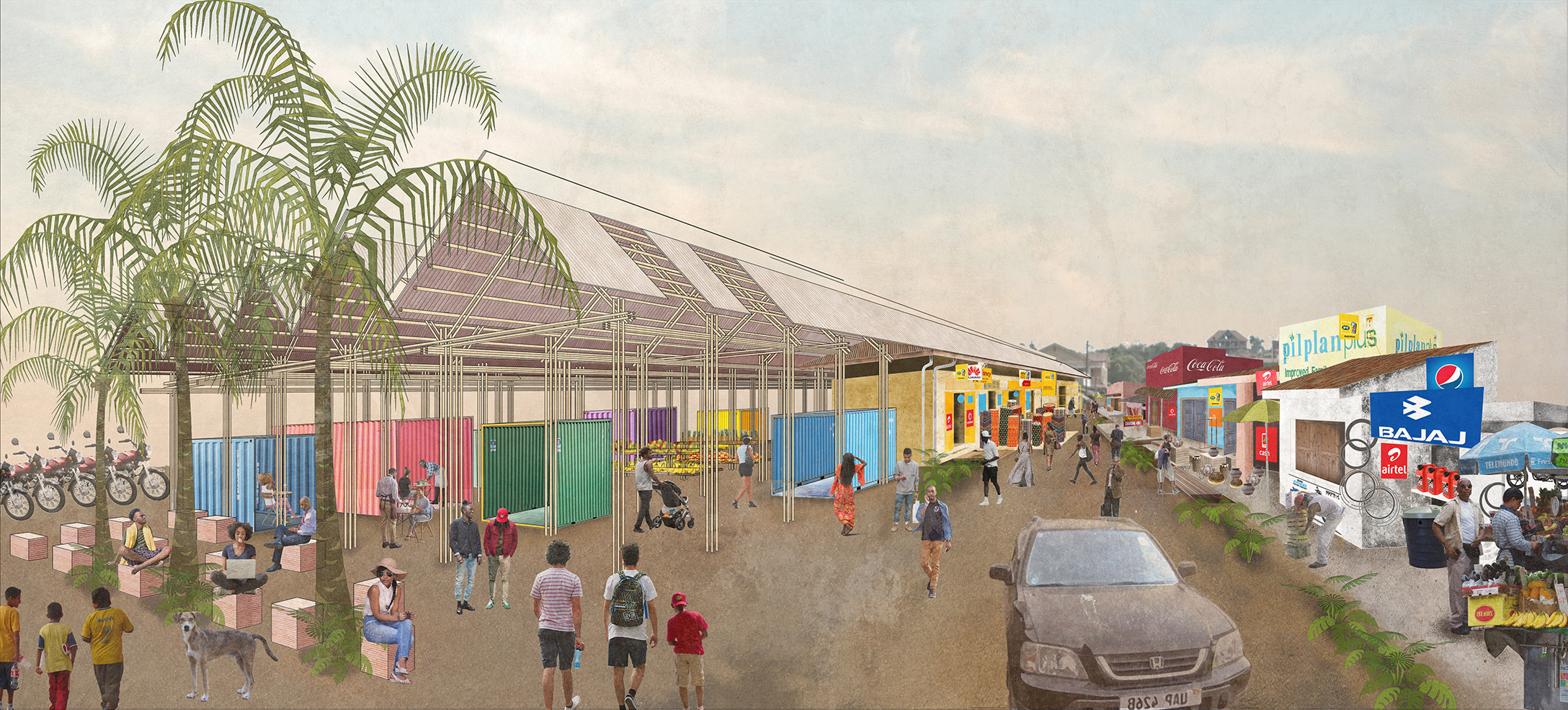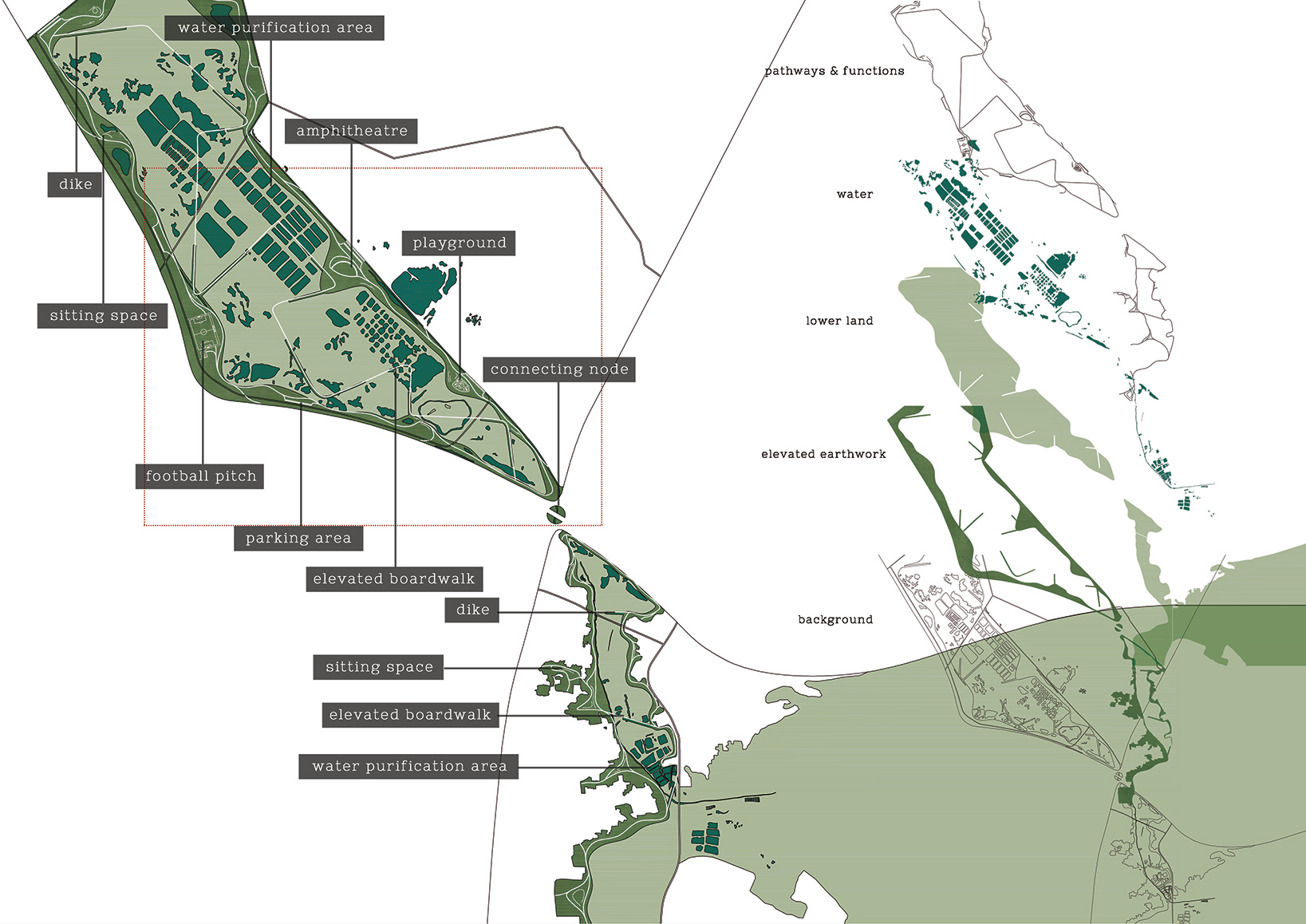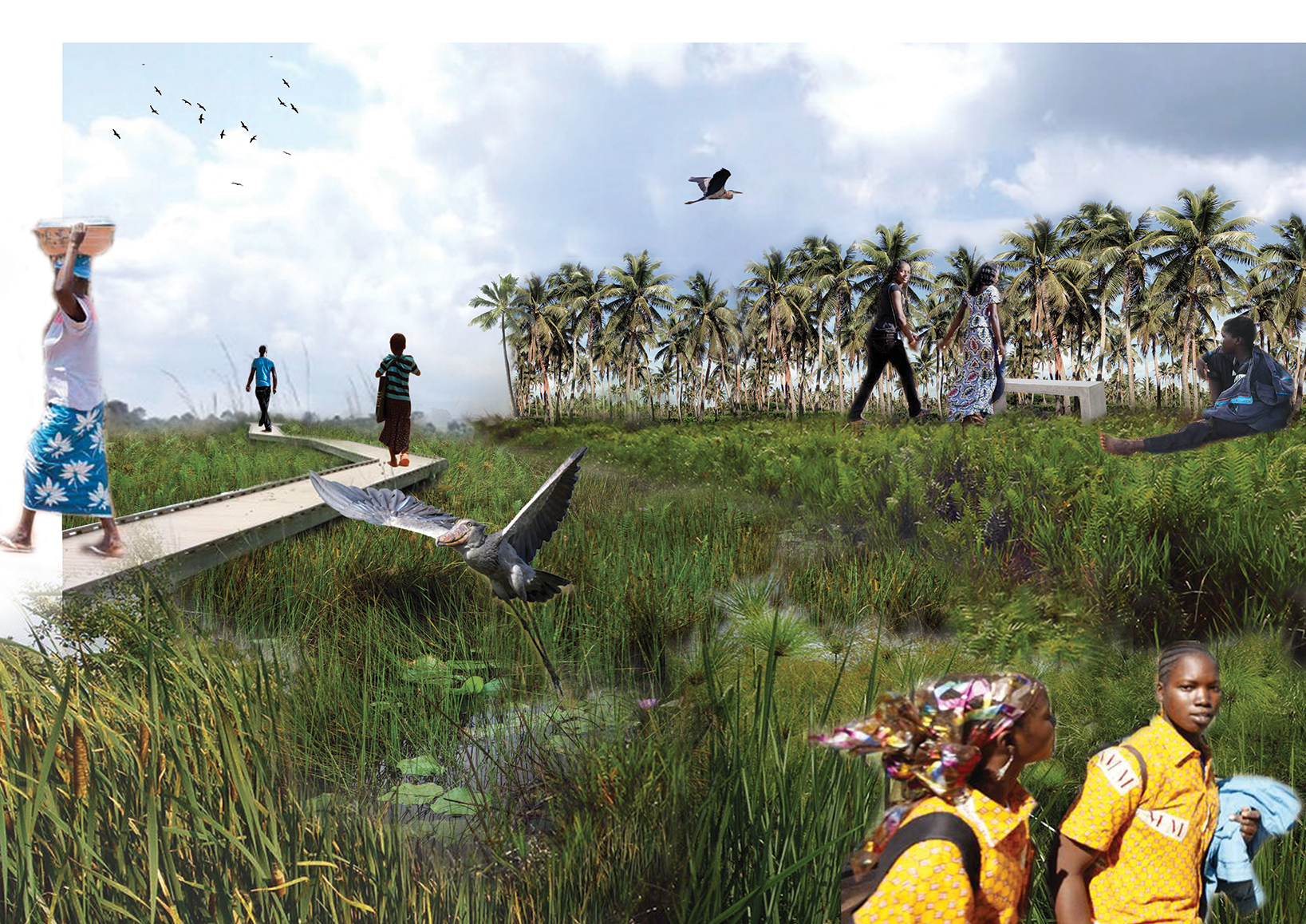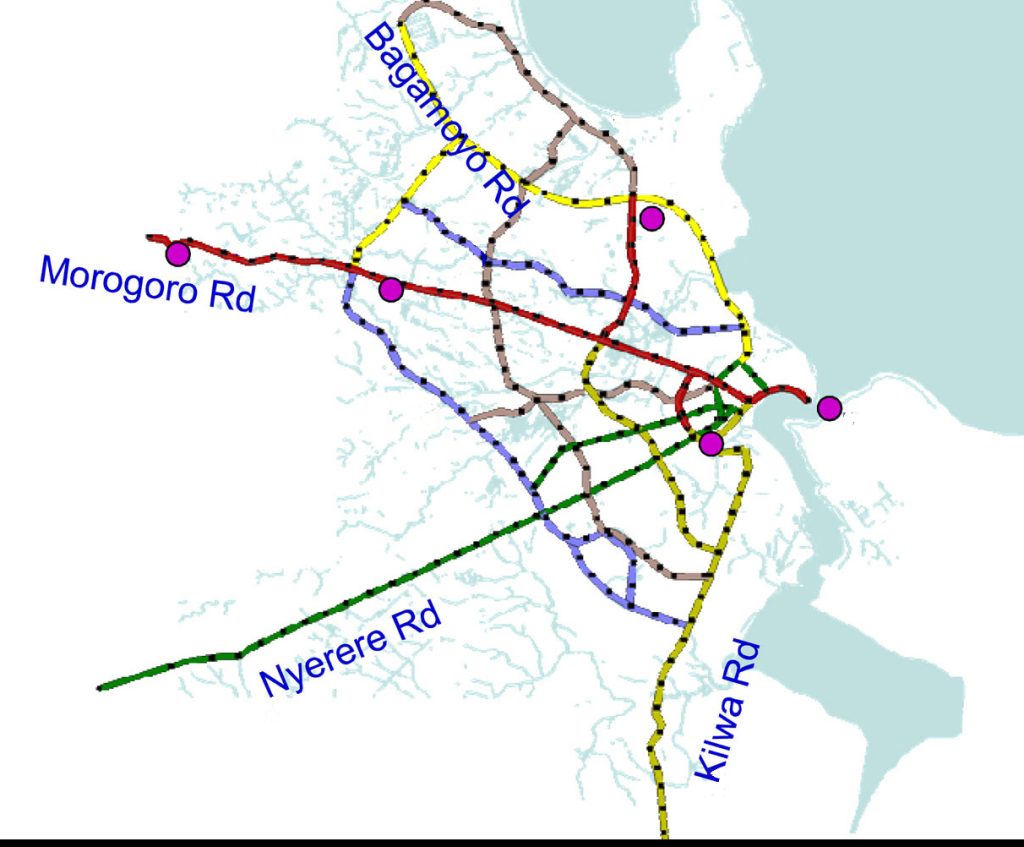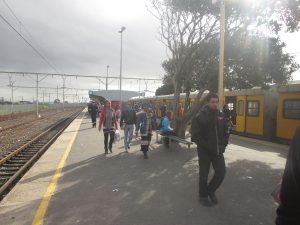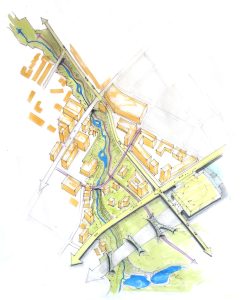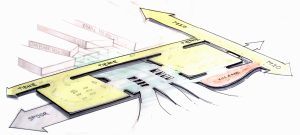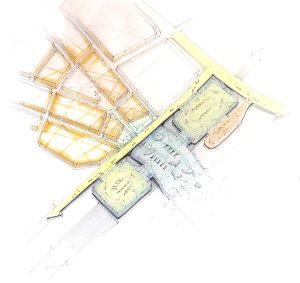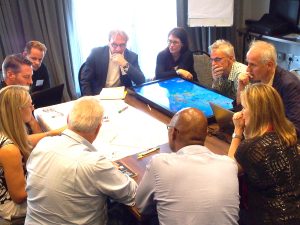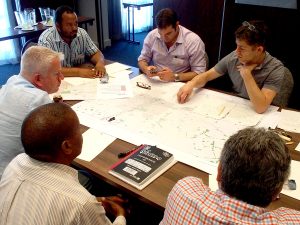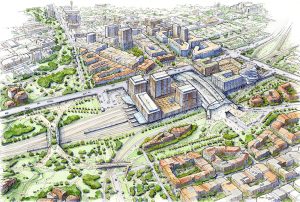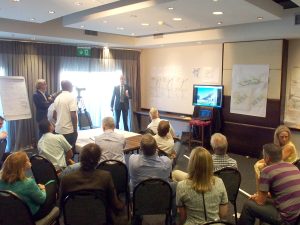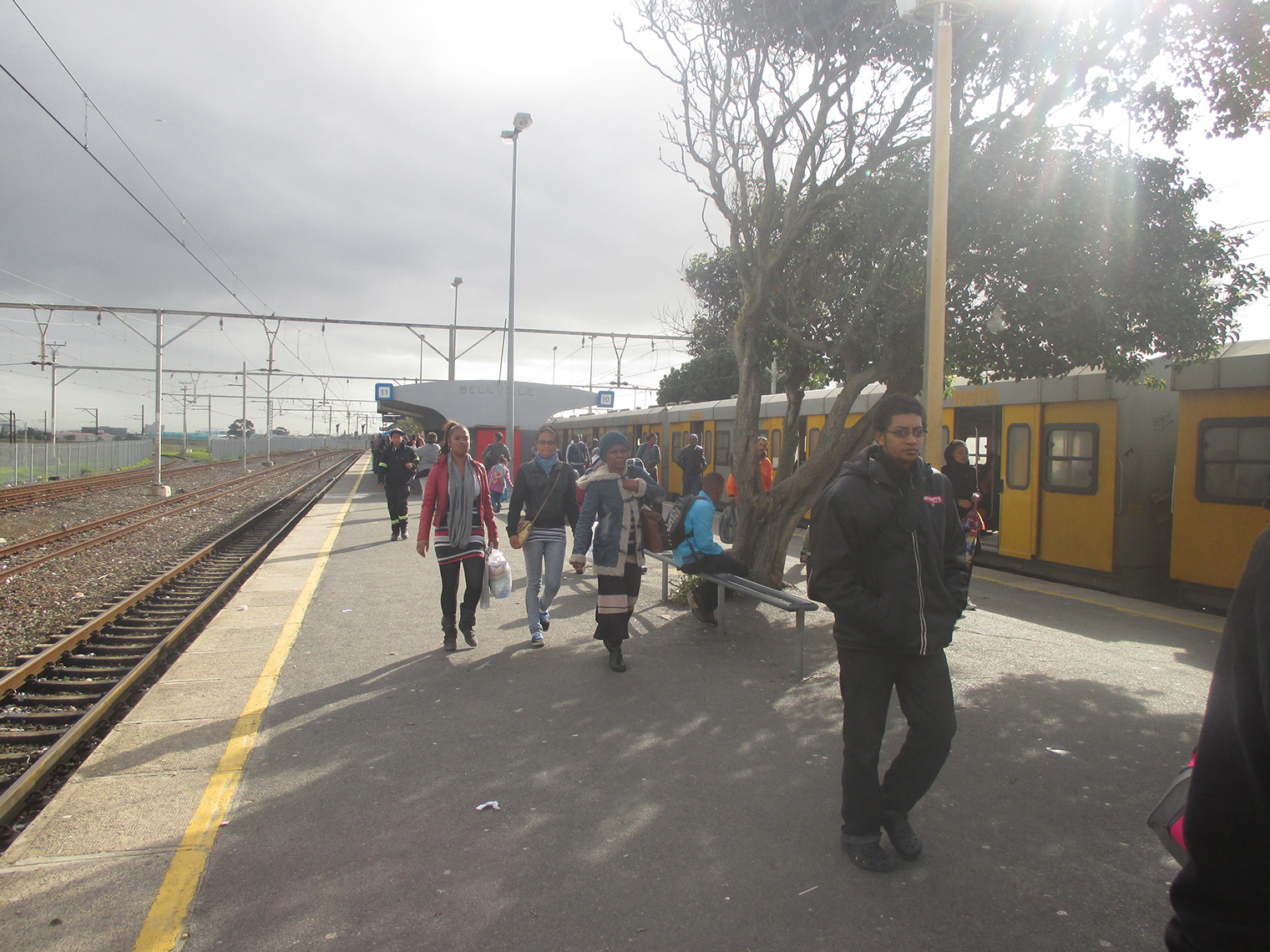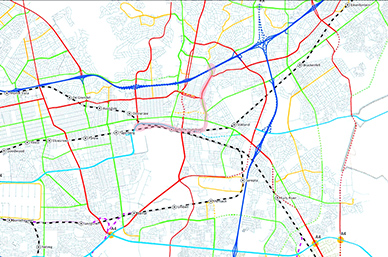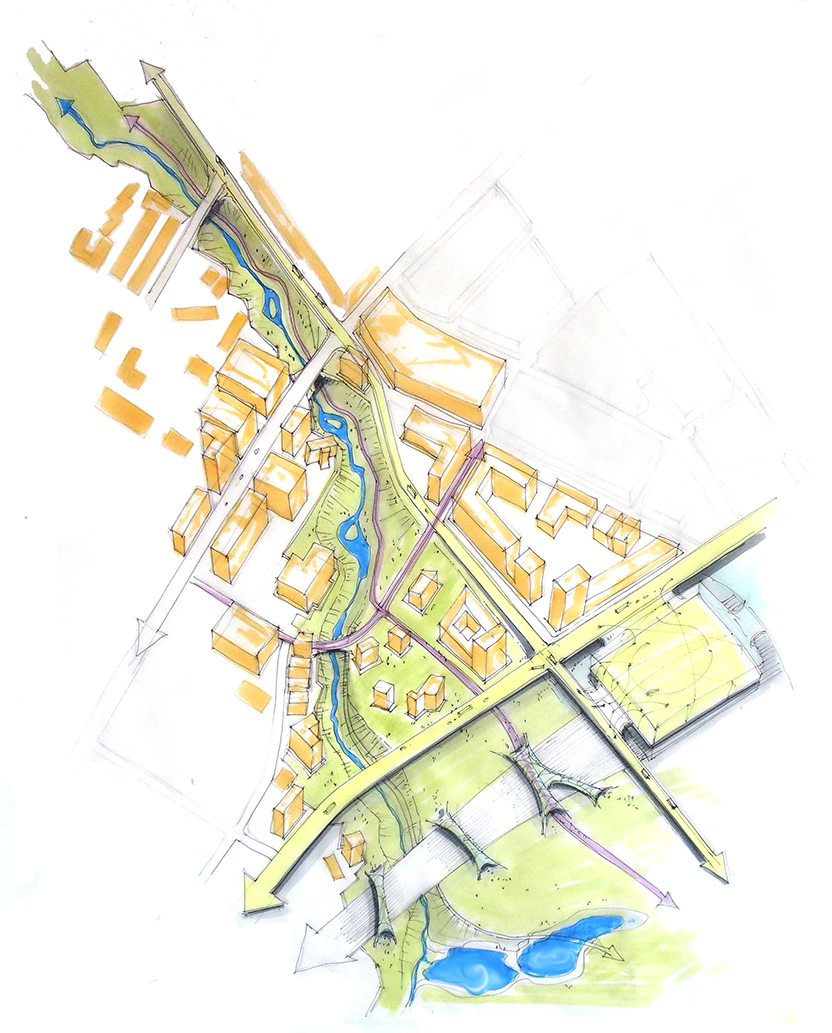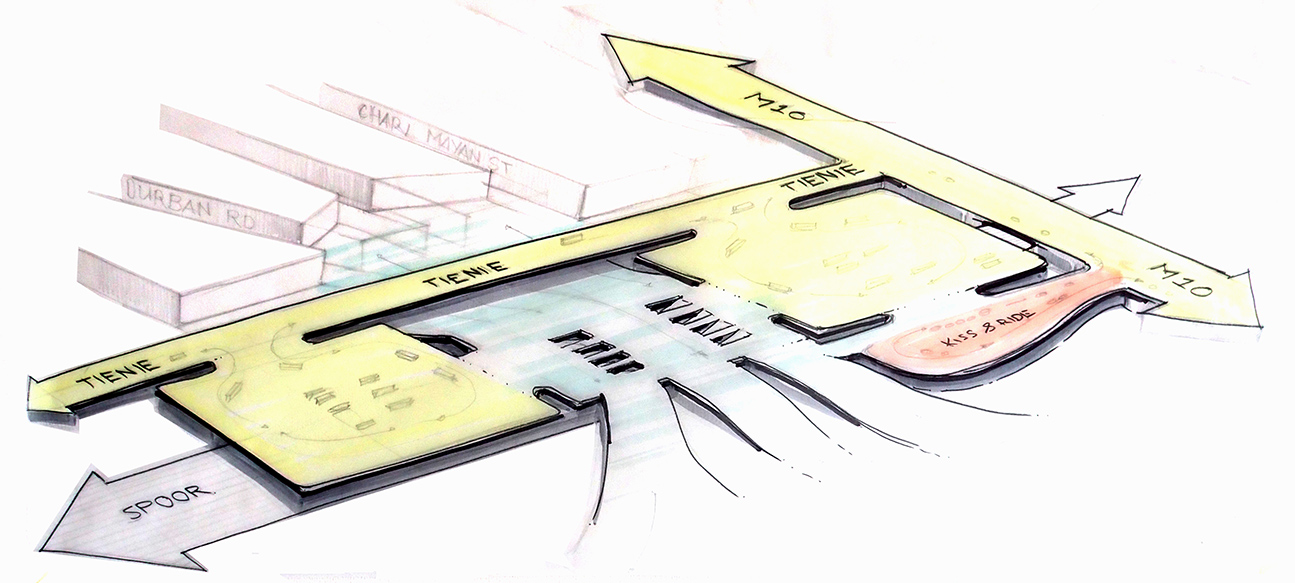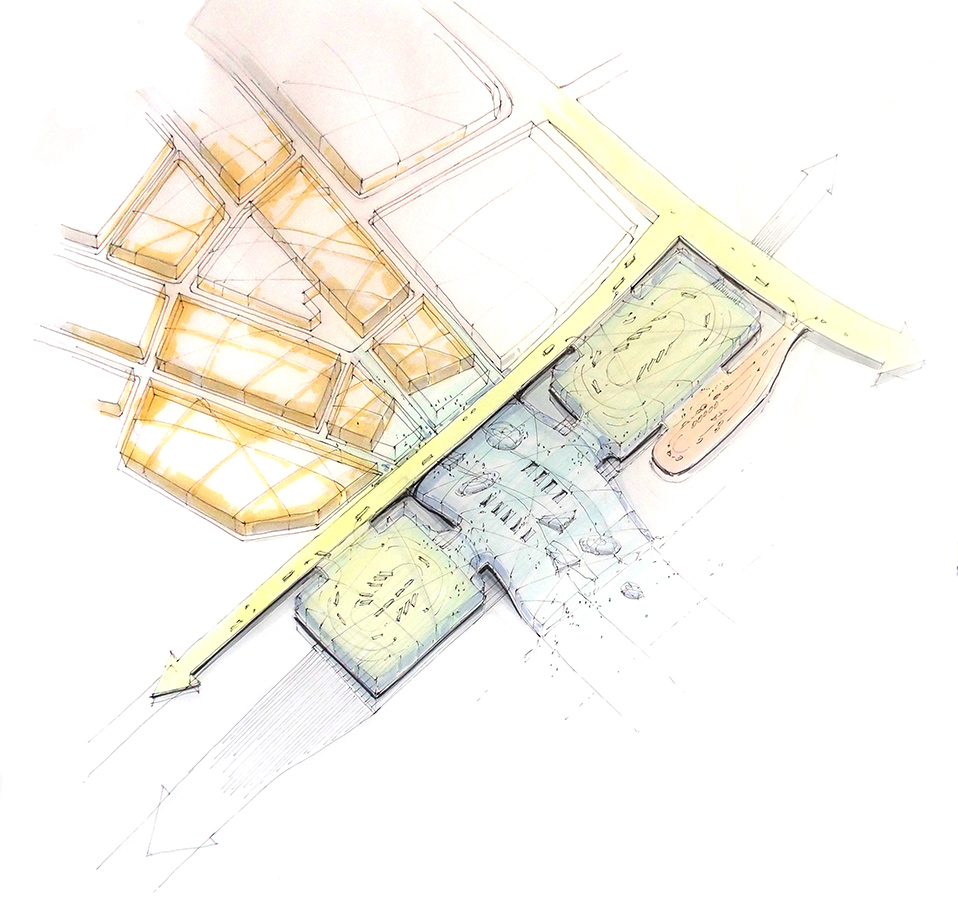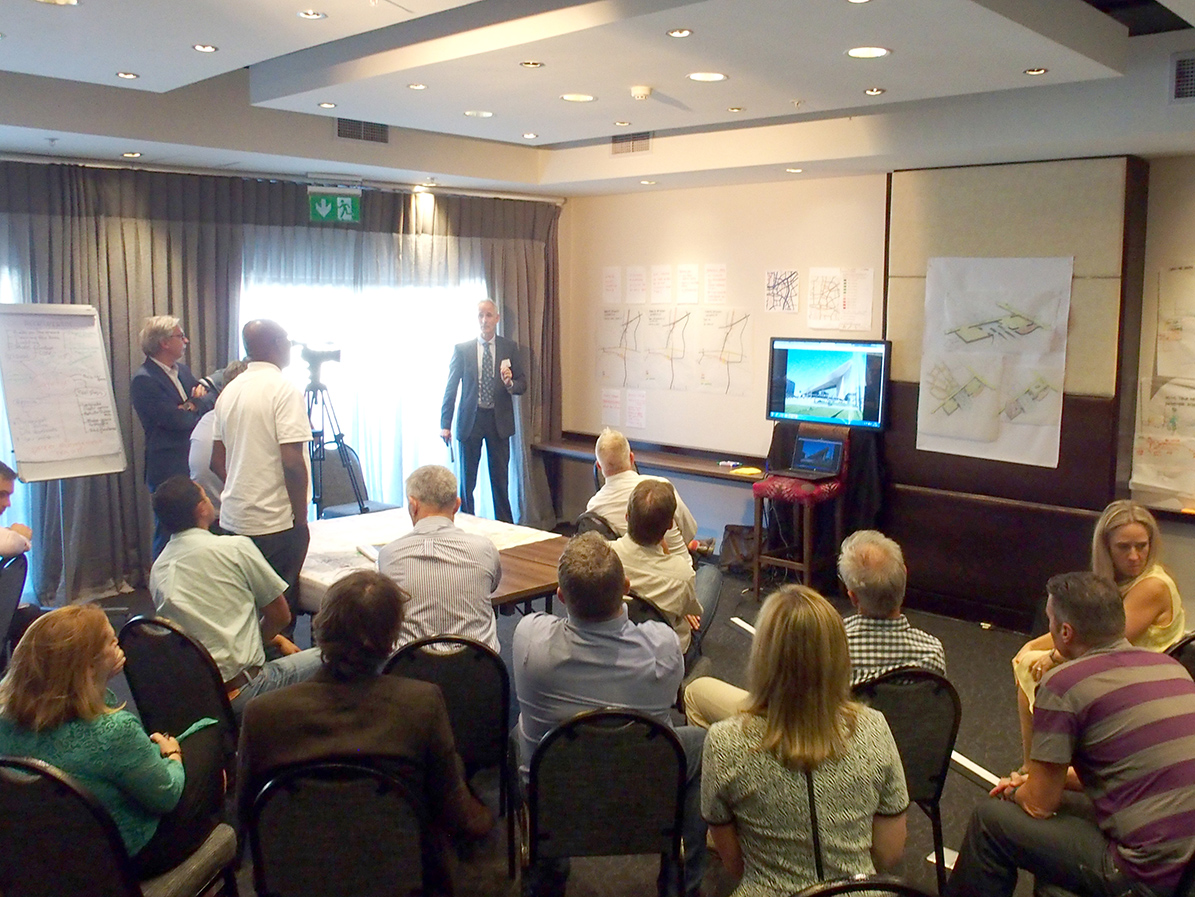Green City Kigali, Rwanda
Green City Kigali, Rwanda
Location: Kigali, Rwanda
Project type: Smart Mobility Planning
Year: 2023-ongoing
Client: FONERWA/CGCK Kigali; submitting consultant FBW Rwanda Ltd, leading consultant FCB Studios UK; funder KfW Development Bank Germany
Consortium partners: FCB Studios UK and FBW Rwanda Ltd
The goal of the project is to create a model community in Kigali that demonstrates and establishes a new national and regional standard for sustainable urban development by promoting urban resilience and affordable housing. Building green is “a necessity, not a luxury” and it will feature a range of initiatives, including the use of renewable energy, rainwater harvesting, wastewater management, recycling and reuse of water and sustainable transport solutions. The development will provide much-needed quality housing for low- to moderate-income people. The project site is located on Kinyinya Hill in the northeastern part of Kigali’s central business district and covers an area of about 600 hectares. It will be home to 150,000 residents. The pilot phase of the project is 16 hectares.
MOVE Mobility is part of a consortium tasked with delivering the Kigali Green City project in the Rwandan capital. We have been hired as mobility experts and are engaged in validating the results of the Master Plan, and providing detailed designs for the pilot phase.
Together with the local team of FBW we began the project with communication sessions on “Mobility”. Topics covered included public transport (BRT), walking and cycling, and the expected growth of the private car. What are the ideas of the community about connecting neighborhoods with different modes of transportation and with what kind of roads? What does the community view as their priority and how should the interventions be phased?
We validated the network serving Kinyinya & Kigali. A Kinyinya Upper Loop Road (green) links the centre of individual neighbourhoods across the hill. The multi-modal loop encourages pedestrians, motos, local buses, and non-motorized transport to travel seamlessly around Kinyinya Hill, stimulating localized activities, enterprise, and employment. A Bus Rapid Transport (pink) network provides a quick and reliable public transport network to connect Kinyinya with the wider city. The natural topography of Kinyinya Hill has slopes of 1:4 to 1:8. A network of accessible streets slicing diagonally across the hill of 1:12 gradients has been created.
We have used our tool Move Meter to develop and visualize the networks for all modes in 2022 and 2035.

